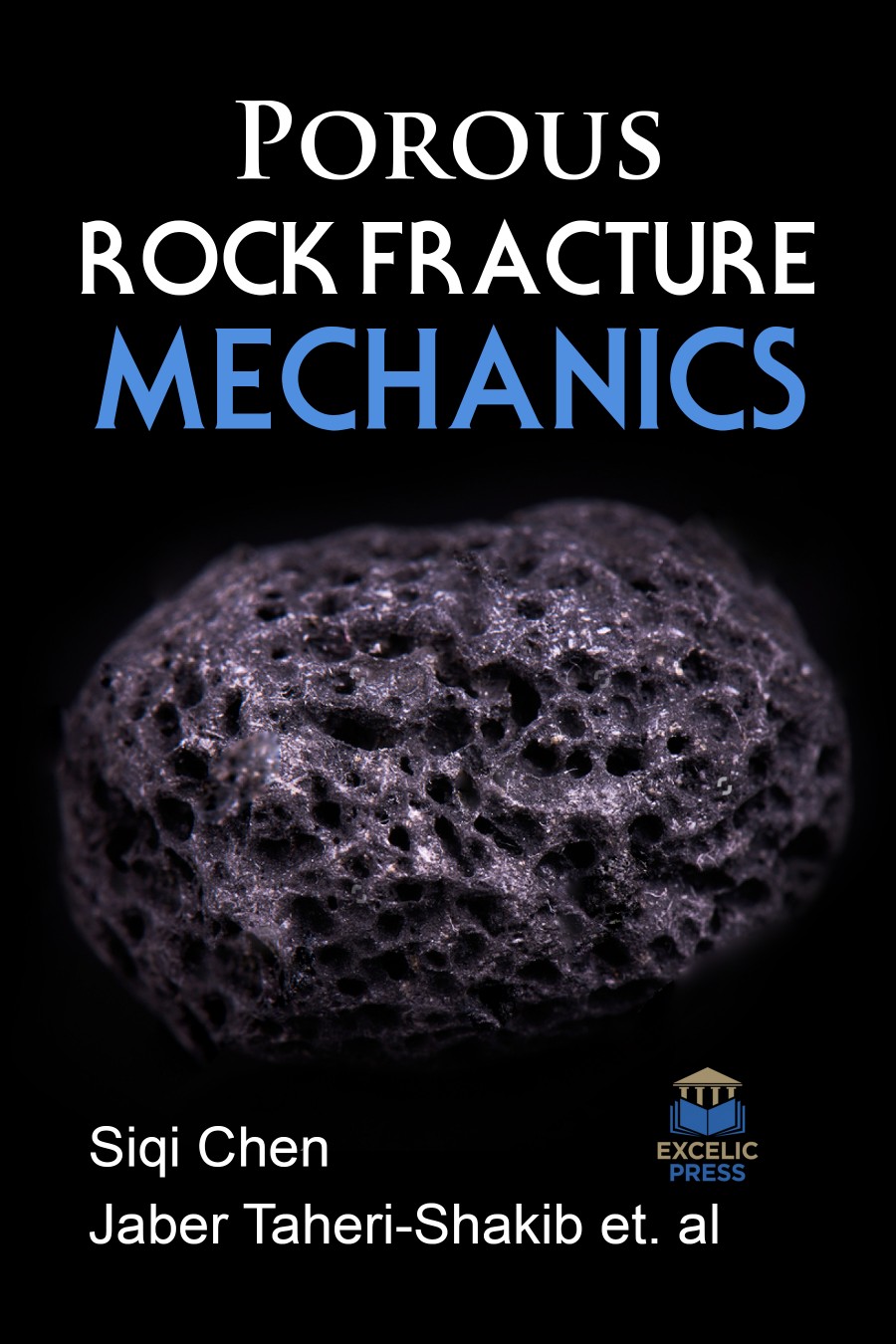Porosity plays a clearly important role in geology. It controls fluid storage in aquifers, oil and gas fields and geothermal systems, and the extent and connectivity of the pore structure control fluid flow and transport through geological formations, as well as the relationship between the properties of individual minerals and the bulk properties of the rock. In order to quantify the relationships between porosity, storage, transport and rock properties, however, the pore structure must be measured and quantitatively described.
Porous Rock Fracture Mechanics focuses on the fracture mechanics of porous rocks and modern simulation techniques for progressive quasi-static and dynamic fractures. The topics covered in this volume include a wide range of academic and industrial applications, including petroleum, mining, and civil engineering. The goal of this book is to summarize, in a manner the reader can use for future experimental work, many of the techniques for analyzing the porosity of rocks or other porous materials. The mechanisms pertaining to percussion drilling and blasting are investigated, with specific reference to the application of fracture mechanics. In order to gain an improved understanding of the mechanisms controlling rock fragmentation, a multidisciplinary approach is followed which includes laboratory experiments conducted in plexiglass and rock, in-situ field experiments and analytical/numerical modeling techniques.
This book discusses scattering methods for porosity analysis, petrophysical approaches, and image analysis approaches. Chapters focus on advanced topics in the field of rock’s fracture mechanics and address theoretical concepts, experimental characterization, numerical simulation techniques, and their applications as appropriate. The increased attention paid to experimental rock fracture mechanics has led to major contributions to the solving of geophysical problems.
This book serves as an important guiding tool for petroleum, geomechanics, drilling and structural engineers, Civil Engineers, Material Scientists, R&D managers in industry and academia as well as researchers in this field find this book beneficial.













